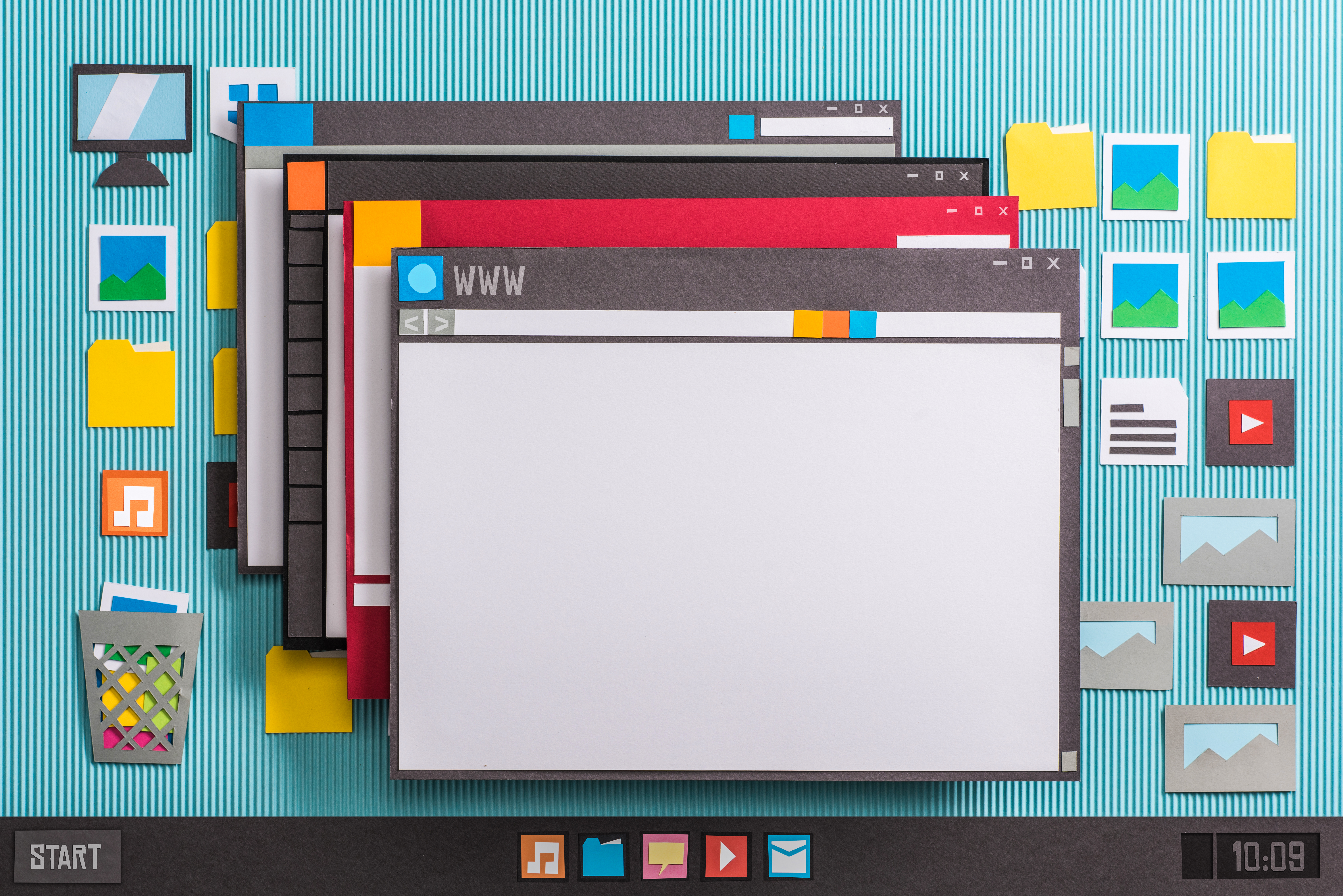There are plenty of reasons to record a telephone conversation. One of the most fun may be recording a call to customer service for purposes of maintaining your own quality assurance. A more popular reason for recording a phone call is to save both sides of the call as a recorded performance or interview. The podcasting craze brings a flood of questions about call recording to my inbox on a regular basis, so it’s time to address the idea of call recording in a way that outlines both the recording options and the methods for recording a call.
Call Recording Options
There are several options available for call recording, each with its own set of advantages and disadvantages. Radio Shack sells two different types of Telephone Recording Controls which are used to connect your phone to a recording device of some kind. A more expensive hardware solution, known as a digital hybrid, offers more control over the recording volume of both sides of the call at a drastic increase in expense. If you have a voice modem in your PC, several software applications are capable of recording all audio that passes through the modem. And there’s also the option of recording a call placed through a service like Skype.
Telephone Recording Controls available at the local Radio Shack are both the easiest solution to implement and potentially the worst audio sound quality if improperly used. Depending on which model you choose, the approximate cost is either $16 or $26. Audio passed from the phone line to your PC through one of these recording devices is generally a weak signal needing some amplification to be heard well. The signal passed through the phone lines in a home is commonly fouled up with noise due to poorly shielded phone wiring or close proximity to electrical wiring. This creates something of a conundrum. You can amplify the call by increasing the gain on your PC microphone line in, but the gain increase also increases the noise.
One option is to try and find the phone jack with the least noise. This can be time consuming and the optimal jack may not be in a location convenient for setting up your PC to record.
A second option is to eliminate the noise with audio editing software after the recording is completed. If you use the second option, record 30 seconds or more of an audio file with nothing but the line noise to create a noise profile you can use to clean the recorded audio later.
One nice thing about these telephone recorders is their immediately ready to connect to your PC. The recorder connects to either the wall jack or the phone handset, depending on which model you choose. A 1/8-inch mini plug sends the audio signal to your PC (or to a MiniDisk or other standalone recorder). Follow the same basic steps for recording a podcast to record the call using the free Audacity audio editing application. Another option is to use this setup to record phone calls with an iPod.
A digital hybrid is probably not an option for most home users. They start in the $500 price range and continue up depending on features and quality. What makes a digital hybrid useful is the ability to control the volume of the caller and your own voice independently. If the caller sounds to quiet in your recording, you can boost their volume without needing to increase your own volume. This method potentially suffers from the same limitation of the less expensive Radio Shack units; if there is noise on the line, boosting the volume will also boost the volume of the noise. Using an audio editing app with noise reduction features is necessary here as well.
If you still have a voice modem lying around, recording audio over the modem gives new life to this slowly dying relic. If you have a Creative Labs sound card capable of capturing “What you hear” audio, recording modem audio may be as simple as opening your favorite audio editing app and recording anything passing over the sound card. For a more automated system, an app like Call Soft Pro does an excellent job of monitoring and recording conversations from a modem. In general, the recording quality using a modem is often better than using one of those telephone recorders, but also more expensive.
Recording a VoIP call placed through something like Skype is potentially the most frustrating way to record a call. Many of the onboard sound cards shipping in PCs only support recording the microphone line in or the WAV audio, but not both. If your card won’t support both, you either need another card, or you need a way to trick your PC into letting you record the call. Assuming your sound card supports recording both sides of the call, you can enable recording a Skype call by setting the Record Control to either Stereo Mix or Mono Mix. By default, this is probably set to Line In or Microphone, which will only record your side of the conversation. With a Skype call, you have potential for better audio quality with no line noise, but there’s an increased potential for latency which results in an echo in the recording. Getting rid of the echo during editing is almost impossible.
 Despite the potential for line noise, I continue to do my call recording using a Radio Shack telephone recorder. I can either connect it to my computer or record the audio using a portable recorder like the Edirol R-1. When there is noise on the line, I can edit the noise out by capturing a noise profile first. Of the two telephone recorders available from Radio Shack, I personally prefer 43-228 model over the 43-1237 model because the 43-228 is more likely to capture both sides of the recording at equal volume levels.
Despite the potential for line noise, I continue to do my call recording using a Radio Shack telephone recorder. I can either connect it to my computer or record the audio using a portable recorder like the Edirol R-1. When there is noise on the line, I can edit the noise out by capturing a noise profile first. Of the two telephone recorders available from Radio Shack, I personally prefer 43-228 model over the 43-1237 model because the 43-228 is more likely to capture both sides of the recording at equal volume levels.
Before you record any call, especially one coming over standard telephone lines, make sure you understand the laws about recording over a phone line for your state or country. These laws are sometimes referred to as wiretap laws, which govern both private citizens and the public sector’s ability to monitor phone conversations. I’ll let you research that part of the process as I’m not a lawyer and therefore am not qualified to hand out legal advice.




